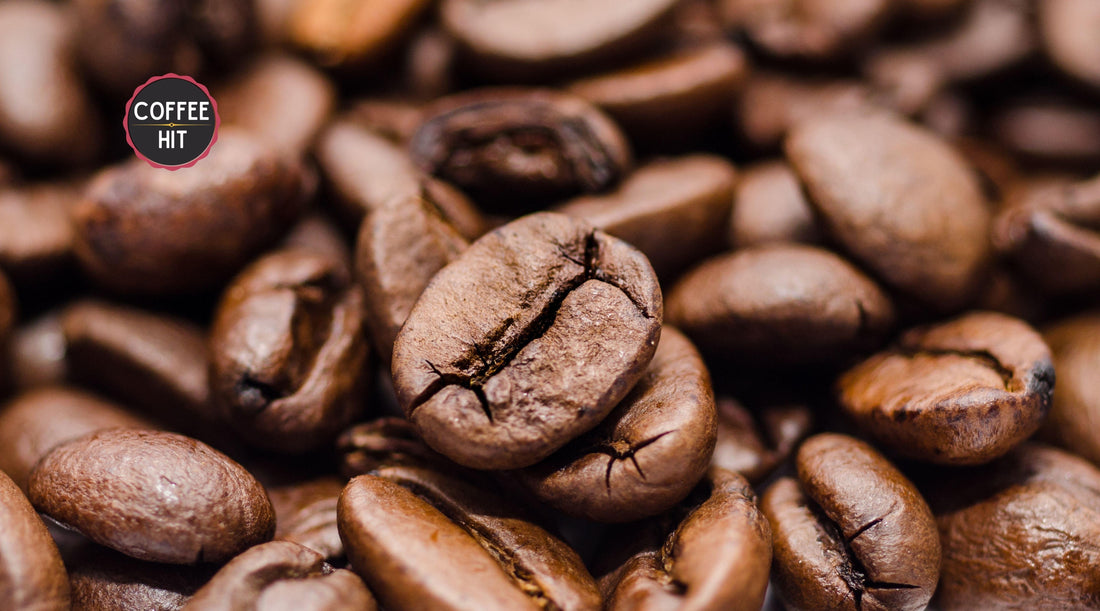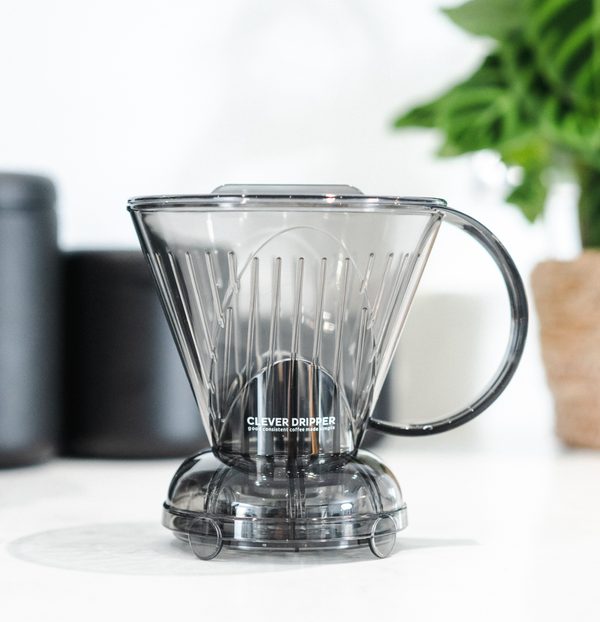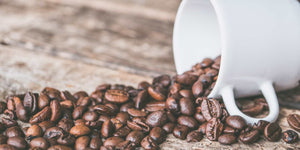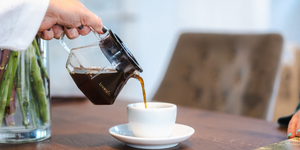
Have you ever wondered what type of bean or beans go into your favourite coffee? Though every order is different, four main types of coffee beans serve as the base for each brew - and knowing a bit about them can help you understand which beans are more likely to suit your palate. While no money spent on coffee is a waste - you want to fully enjoy your brew, so having an idea of the flavours that come with each bean type can help you find your perfect blend.
If you’re new to the coffee scene, let’s start from the beginning. A coffee bean is actually a seed of the Coffea plant and the primary source of coffee. Coffee plants produce a fruit referred to as a cherry, and the pit of this fruit is what we use to roast coffee.
As mentioned, there are four main types of coffee beans, all coming from different Coffea plants. Arabica and Robusta coffee beans make up over 90% of global coffee production, whereas Liberica and Excelsa coffee beans make up the additional 10%.
Now that we’ve got that down, let’s break down each type of bean and its qualities.
Arabica
Arabica coffee beans are easily the most popular type of beans, making up about 60% of the world’s coffee production. These beloved beans originated in Ethiopia, where they’re still grown today.
They offer a sweet, complex flavour and are known for their smoothness. You won’t find any bitterness with these, and they’re relatively mild overall. Arabica beans are great for pour-over style coffee, allowing their flavours to come to fruition and stand out.
This type of bean grows best in areas high above sea level, where it can receive the large amount of rain it needs to grow properly. Brazil, known for its rain forest, is the leading exporter of Arabica beans.
While they are the most popular type of coffee bean, they are also the most fragile and require more attention than others. They’re prone to fungal diseases and are often at the will of the environment around them. This can drive up its prices overall, but most people are willing to pay for them due to their soft taste.
Robusta
The second most popular type of bean is the Robusta - and it’s name is certainly a key indicator of its qualities! You guessed it - it’s much more robust than Arabica plants. Fortunately, this means it can be grown in many different environments and is less likely to fall victim to disease. Originating in Africa, where they’re still primarily grown, you can also find these being harvested in Southeast Asia.
Despite their environmental versatility, Robusta beans are often less appreciated than Arabica beans due to their darker, earthier flavour. You tend to find them being used in darker roasts to bring out their natural taste.
This makes them brilliant for espresso, as they provide a richer crema, making them a popular choice for lattes and cappuccinos. In addition, they’re great for cream and sugar lovers, as they’ll maintain their flavour regardless of what you add to your cup.
And if that wasn’t enough for you to show these beans some love, they also have almost twice the amount of caffeine as Arabica beans, so if you’re looking for that coffee hit - these are the ones for you.
Liberica
Liberica beans make up just 2% of the world’s coffee production. This type of bean has an exciting flavour that many describe as woody. It often reminds drinkers of Robusta beans with a full-body and sometimes fruity taste.
These beans originated in West Africa but are now primarily grown in Malaysia and the Philippines. Their trees grow tall and are irregularly shaped, growing well at low altitudes.
Those who try this type of coffee bean tend to either love it or hate it. It has quite a polarising reputation. But if you try it and love it, buy more because due to the low levels of cultivation it’s currently considered an endangered coffee species.
Excelsa
Excelsa beans were recently reclassified as a variety of Liberica beans, as they thrive in similar conditions and grow in a similar type of tree. Despite those commonalities, these beans produce a much more tart and fruitier flavour than Liberica beans. They’re often added to Arabica and Robusta blends to add complexity.
Excelsa makes up about 7% of the world’s coffee production and is grown almost entirely in Southeast Asia. It boasts traits of both light and dark coffee roasts, creating a unique profile that coffee enthusiasts remain eager to try.
So now that you know more about the different types of coffee beans, it’s time to give them a try. You’ll only ever find out what you love by trying a variety of different beans so embrace that coffee adventure that awaits with both hands.
Pro tip: Coffee Hit makes embarking on your coffee-tasting adventure easy. Browse some of the UK’s finest artisan roasts here and discover a new favourite roast each month with our coffee subscription service. It’s time to bring café quality coffee home.











